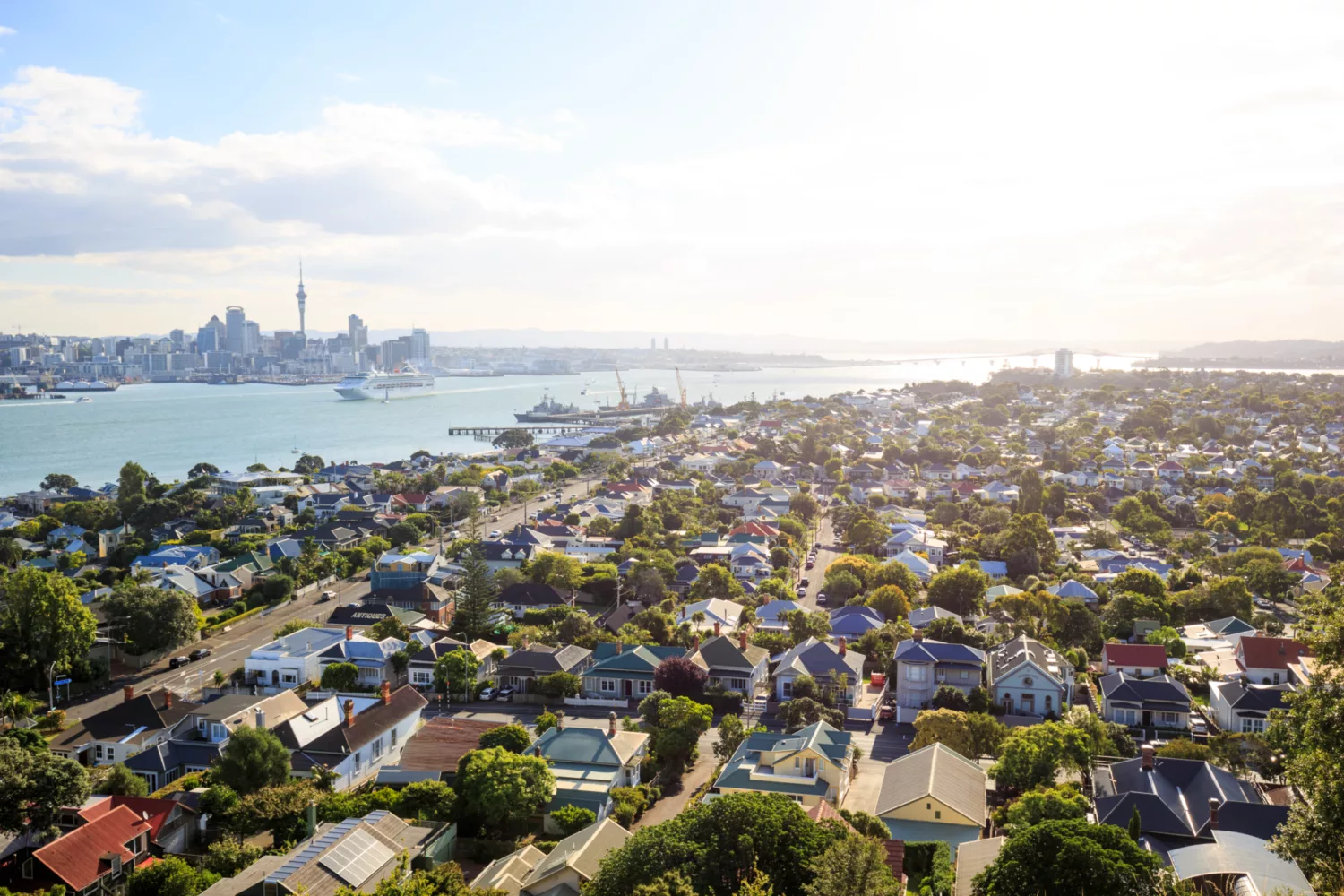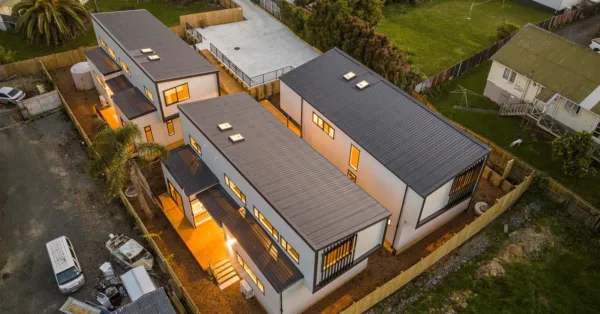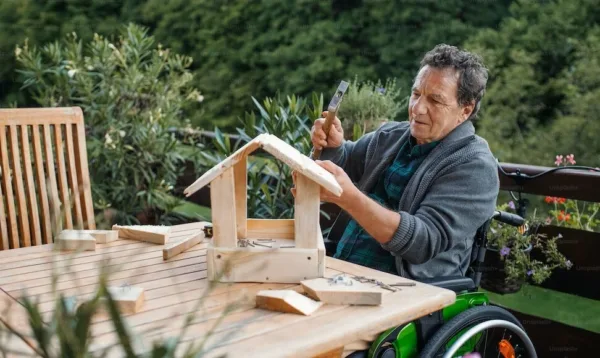From Geoff's Desk: Building Socially-Resilient Homes
From Geoff's Desk: Building Socially-Resilient Homes

"The times, they are a-changing." These immortal words describe our assessment and reassessment of the world we live in. Government agencies are now producing guidance documents on how to cope with various environmental changes.
MBIE has just published a quick guide for flooding, which rightly points out that homeowners are responsible for managing risk and having designs and modifications that reduce the impact and improve recovery from an event. The guide also states that building to the minimum requirements of the Building Code may not be sufficient to protect your home.
The same surely applies to socially resilient homes. Can you and your loved ones live there without major adaptation if someone becomes injured or ill?
We seem to put effort into making people aware of the impact of climate change, and rightly so. As we learn more about the impact of climate events, we also start to understand risk and take responsibility for it. If there is a 2% probability each year that something might happen, what is the likelihood that this will occur in 10, 20, or 50 years, and what can be done to reduce or mitigate this? Probability and outcomes matter.
Where is the guidance on events that have a 100% probability? How do we age in place?
A home needs to be socially resilient so that all occupants can live safely in a usable, accessible, and adaptable place where the design supports all people regardless of age or ability. This advice is above the minimum requirements of the building code, but necessary for some and useful for all. Maybe it’s time to factor in social probabilities, recognise the changes, and do something about it.
Geoff Penrose
General Manager, Lifemark Ltd




